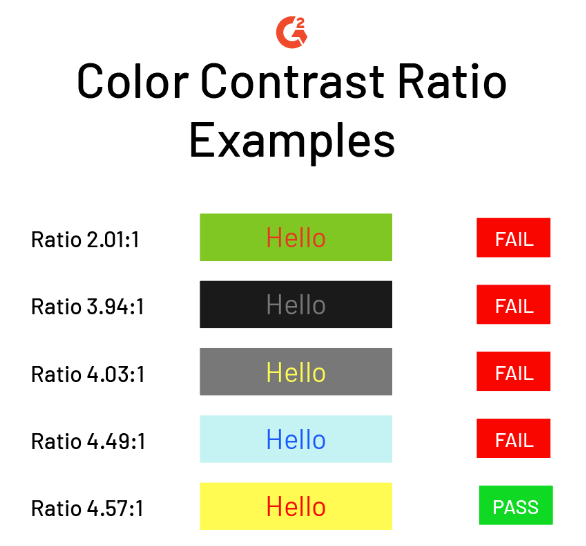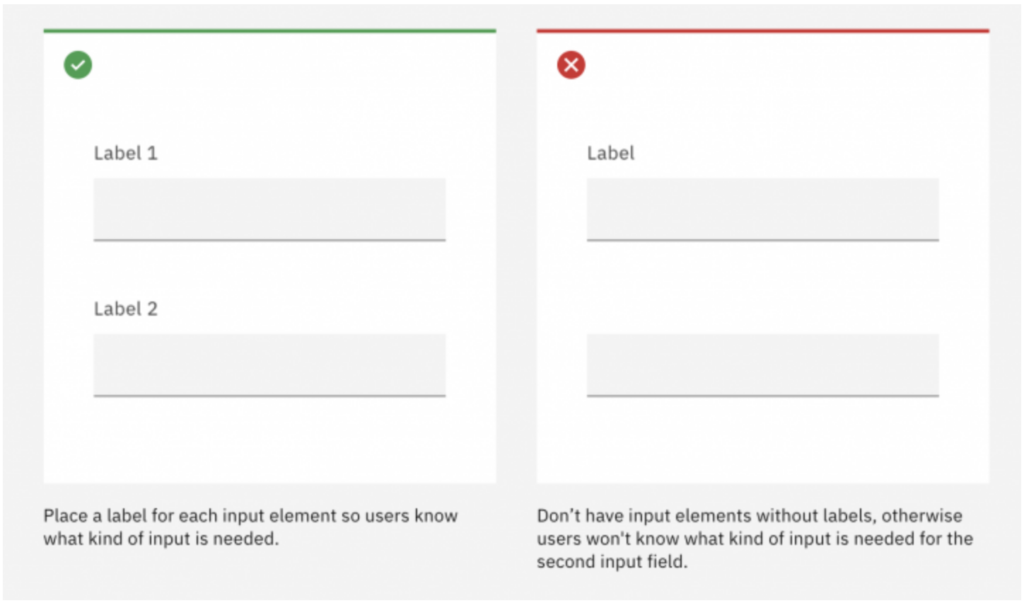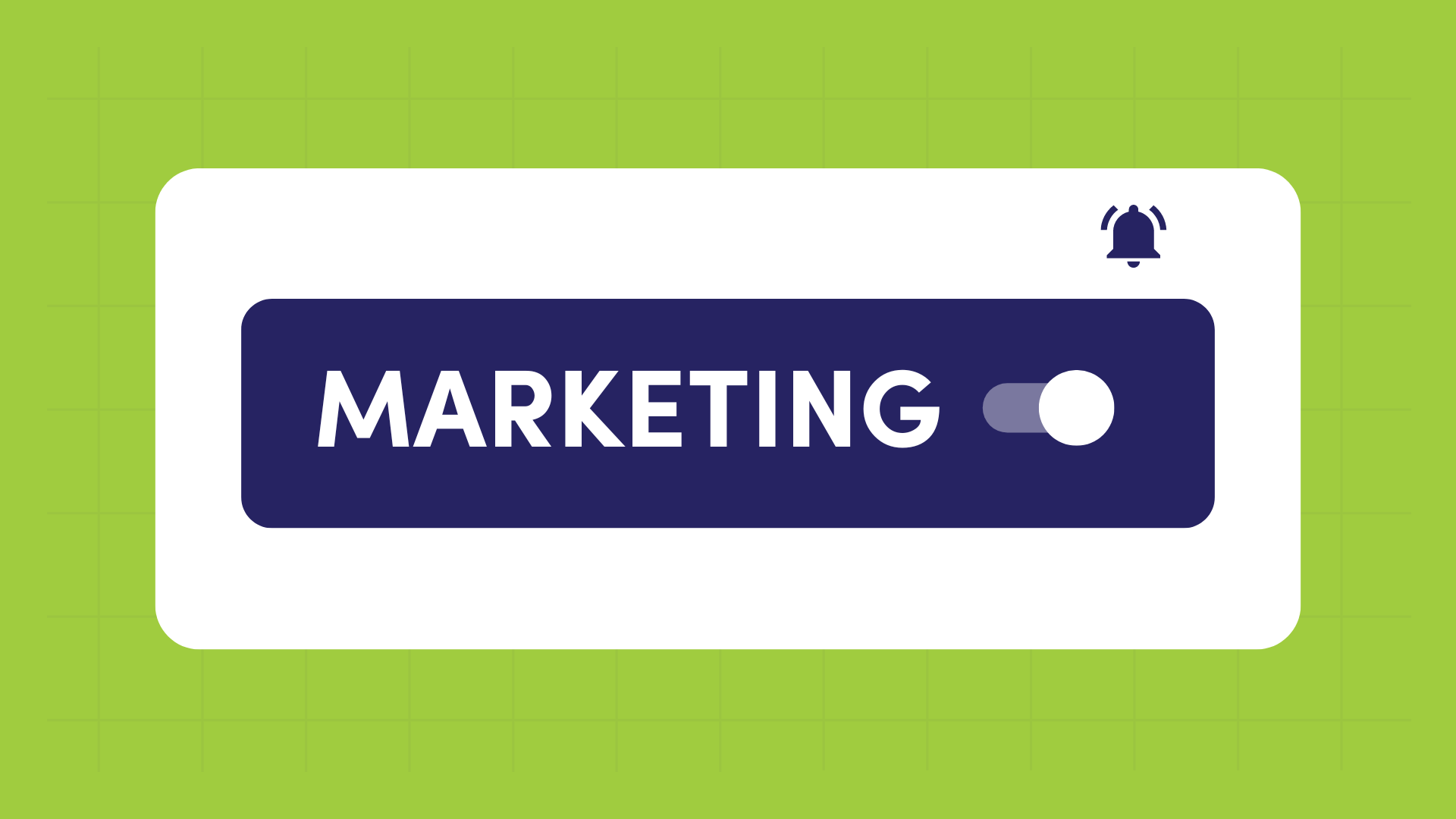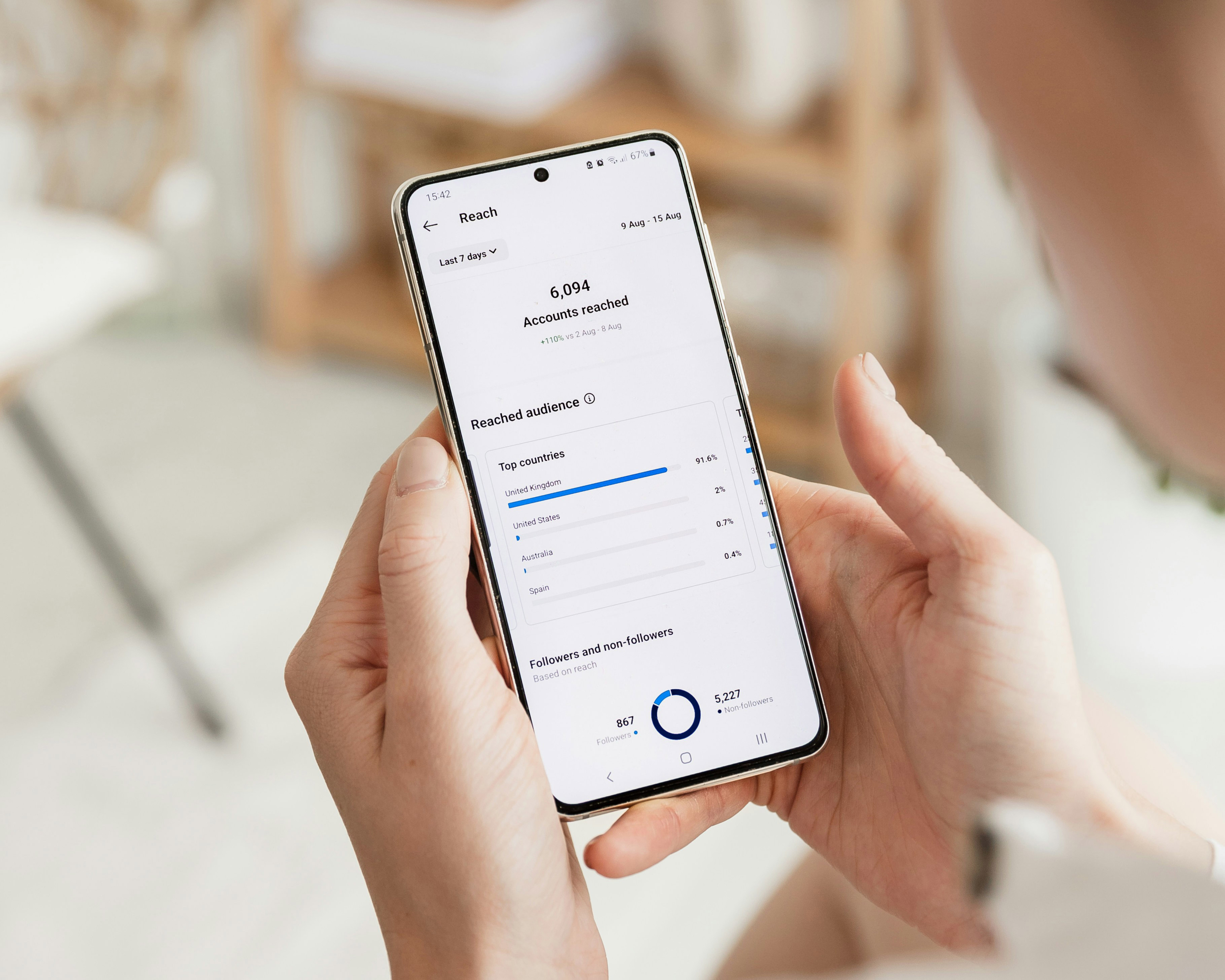Developing an inclusive website accessible to people with diverse abilities is not only best practice, but pivotal to user experience (UX). With 1-in-6 Australians living with a disability, it’s important that users can navigate your website in an unobtrusive and intuitive way.
What is website accessibility?
Website accessibility is the practice of designing and developing websites so they can be easily used by people of all abilities and disabilities. This includes those with visual, auditory, motor and cognitive impairments. Accessible websites ensure that all users can navigate, understand and interact with online content. By adhering to accessibility guidelines and standards, like the Web Content Accessibility Guidelines (WCAG), developers can create inclusive digital experiences that provide equal access to information and functionality for all.
Why is website accessibility so important?
1. Increased visibility
The more users who can visit and use your website the better, right? By making your website accessible, it means more people have equal access to your website and you don’t miss out on potential leads and conversions.
2. It demonstrates your commitment to inclusivity
An accessible website shows your brand’s commitment to diversity and inclusion; qualities that are highly regarded amongst blue brands.
3. It boosts your Search Engine Optimisation (SEO)
Positive user experience and engagement benefits your SEO. Google will recognise your website’s accessibility and reward you with better rankings.
How is website accessibility enforced in Australia?
The Disability Discrimination Act 1992 (DDA) protects people with disabilities from discrimination. This protection applies across areas of work, accommodation, leisure, education, as well as goods and services.
A number of ‘blue industries’ must comply with the DDA’s website accessibility laws including:
- Government
- Banking & Finance
- Transport
- Education
- Employment
- eCommerce
- Tourism
Failing to comply with the DDA can result in a civil claim against your business. For example, in 2014 a complaint was filed against Coles Supermarkets by a visually impaired woman because their online shopping service was not accessible to her. This case went up as high as the Federal Circuit and Family Court of Australia with talks of millions of dollars in damages.
How to make your website accessible
Now that you have some background into website accessibility, let’s have a look at the best practices for implementation.
1. Make your content easy to see by ensuring enough colour contrast
Colour contrast measures the perceived difference in brightness between two colours, represented as a ratio ranging from 1:1 to 21:1. WCAG has a Contrast Checker to help you determine whether the colours you are using sit within this ratio.

Source: G2
By using an appropriate colour contrast, individuals with colour blindness can easily read your content.
2. Use alt text
For all the non-text areas of your website, such as images, videos and audio, there should be a text alternative so those with blindness, low vision or hearing impairment can understand the content.
Screen readers will be able to pick up what the media is and appropriately describe it to the user.
3. All inputs and form elements would include textual labels
All form fields and elements should have clear textual labels associated with and positioned adjacent to them. This helps the user clearly understand what information needs to go into each field.

Source: Ibm Equal Access Toolkit
4. Provide alternative ways to consume audio and video content
Using closed captions on your videos is an absolute must for users with hearing limitations. All audio should have a full transcript of the recording provided as well. This can also be done for video.
5. Avoid the use of flashing or blinking content
According to the World Wide Web Consortium (W3C), content that flashes or blinks for more than three times in a second can trigger a seizure. If this can’t be avoided for any reason, visitors must be shown a clear warning.
6. Ensure your menu is easy to find and navigate
Your website’s navigation should be easy to locate and interact with. There should also be alternative features provided such as a site search function or a site map. (Site maps are a must for SEO anyway).
7. Support keyboard navigation
Make sure your website can be navigated without the use of a mouse or touchpad, via the keyboard. For example, the tab key should let users jump between selectable elements on your webpage. The enter key should then be able to ‘click’ that element.
8. Ensure your content is easy to see and read
Create scannable content that makes your website easy to understand and reduces cognitive overload. Headings should be used to organise content into relevant groups. White spacing also helps create clear relationships between headings and paragraphs.

Source: TGPI
If you’d like to see how your website ranks for accessibility, there are a number of online tools available that can give you an accessibility score and recommendations for improvement.

When it comes to protecting your intellectual property (IP), it’s essential to understand the distinctions between copyright and trade marks, as each serves a unique purpose in safeguarding your creative and business assets.

If you’ve been following our tips to improve your website and social media accessibility, you will have seen us harp on about the importance of image alt [...]

Developing an inclusive website accessible to people with diverse abilities is not only best practice, but pivotal to user experience (UX). With 1-in-6 Australians living with a [...]

Did you know that after approximately 4 exposures to your ad, your conversions can drop by almost half? As Meta increasingly emphasises broad targeting, the effectiveness of [...]

This year has been challenging for both businesses and consumers, with rising cost-of-living pressures leading to shifts in retail habits. During these quieter times, it’s crucial to [...]

When it comes to protecting your intellectual property (IP), it’s essential to understand the distinctions between copyright and trade marks, as each serves a unique purpose in safeguarding your creative and business assets.

If you’ve recently created a paid campaign on Facebook (or Meta as it’s now known), you’ve probably noticed the platform is trying to skew you towards using [...]

The results from our Audience Intelligence Reports for Q2 have incited some interesting conversations amongst our team. For those of you who don’t know, our quarterly Audience [...]

If you’ve been following our tips to improve your website and social media accessibility, you will have seen us harp on about the importance of image alt [...]

Developing an inclusive website accessible to people with diverse abilities is not only best practice, but pivotal to user experience (UX). With 1-in-6 Australians living with a [...]

Blue brands cater to a diverse group of audiences from different backgrounds and levels of ability. For example, government agencies will often promote services, campaigns and ideas [...]

Low engagement on social media and broader digital channels has become an ongoing challenge for blue brands. While it’s easy to blame factors like algorithm changes, you [...]

One of the most common questions we hear from our clients, especially the B2C ones is, “How can we increase our engagement rate on Instagram?”. Instagram, in [...]

